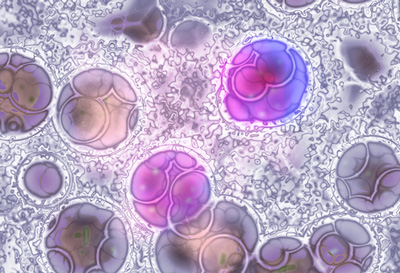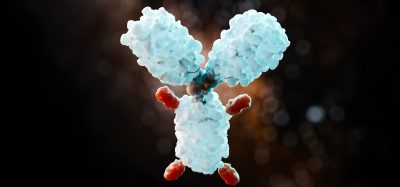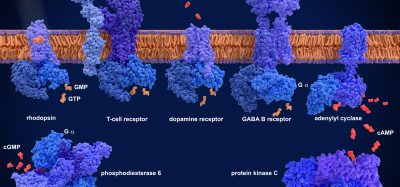Combination therapy prevails against BET inhibitor resistance
Posted: 13 April 2023 | Taylor Mixides (Drug Target Review) | No comments yet
St. Jude Children’s Research Hospital, US, scientists created a new combination therapy method to tackle drug resistance in a type of leukaemia with KMT2A gene rearrangement.


At St Jude Children’s Research Hospital, US, scientists created a new combination therapy method to tackle drug resistance in a type of leukaemia with KMT2A gene rearrangement. It effectively overcomes resistance without adding toxicity. The findings were published in Proceedings of the National Academy of Science.
Although Bromodomain and extra-terminal domain (BET) inhibitors have demonstrated therapeutic benefits against various cancers, the mechanisms that regulate response and resistance to this category of therapies remain unclear.
The St Jude team conducted CRISPR screens, performing a genome-wide loss of function analysis in leukaemia harbouring KMT2A rearrangements. These rearrangements are often found in infants and can occur in acute lymphoblastic or myelogenous leukaemia.
“KMT2A rearrangements are enriched in infant leukaemia’s which generally have a poor prognosis,” said co-corresponding author Dr Jun J Yang, St Jude Departments of Pharmacy and Pharmaceutical Sciences and Oncology. “Over the past several decades, there has been very little progress in improving cure rates of infants with KMT2A rearranged leukaemia’s, so there is a clear need to develop new therapies for those patients.”
A combination strategy is unveiled through CRISPR
The researchers discovered that the loss of the SPOP gene leads to significant resistance to BET inhibitors, which they confirmed in cell lines and xenograft mouse models. Further CRISPR screens demonstrated that cells treated with BET inhibitors are vulnerable to disruptions in the GSK3B gene.
Equipped with this information, the researchers devised a combination therapy approach that employs both BET and GSK3 inhibitors to target KMT2A mutated leukaemia. The study demonstrated that the combination effectively hindered the growth of leukaemia cells.
“Our expertise in combinatorial CRISPR screens allowed us to identify resistance mechanisms, by also doing reverse screens, we also identified the targetable options that will allow us to overcome resistance,” said co-corresponding author Dr Chunliang Li, St Jude Department of Tumour Cell Biology. “Our findings led us to a combination regimen that can reverse resistance to BET inhibition. The BET and GSK3 inhibitor combination show remarkable efficacy but also no increase in toxicity because the GSK3 and BET inhibitors synergise, but on its own, the GSK3 inhibitor does not seem to have an effect.”
The results propose that the combination therapy of BET and GSK3 inhibitors exhibits potential for advancement in KMT2A rearranged leukaemia’s.
Related topics
CRISPR, Drug Delivery, Drug Development, Drug Discovery, Drug Discovery Processes, Gene Testing, Gene Therapy, Oncology, Targets
Related conditions
Leukaemia
Related organisations
St Jude Children’s Research Hospital
Related people
Dr Chunliang Li, Dr Jun J Yang








